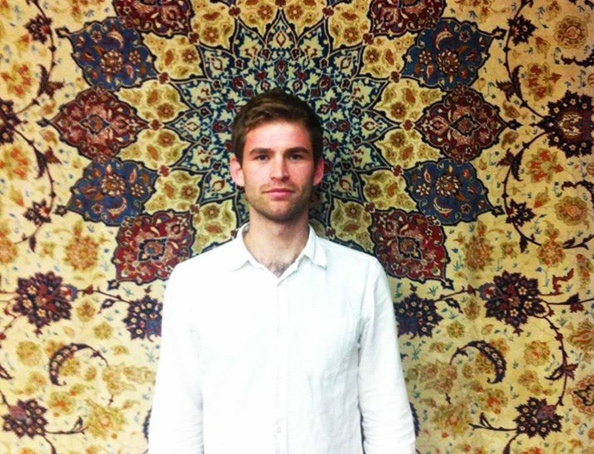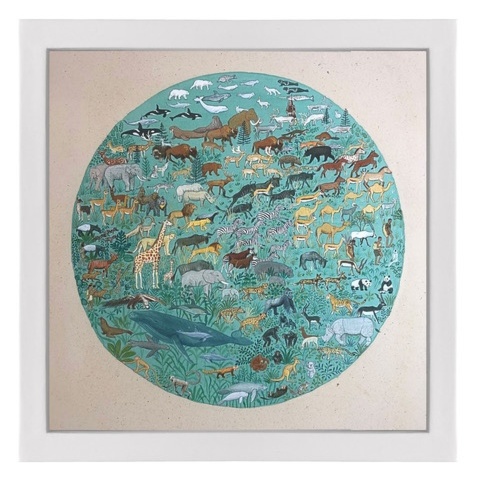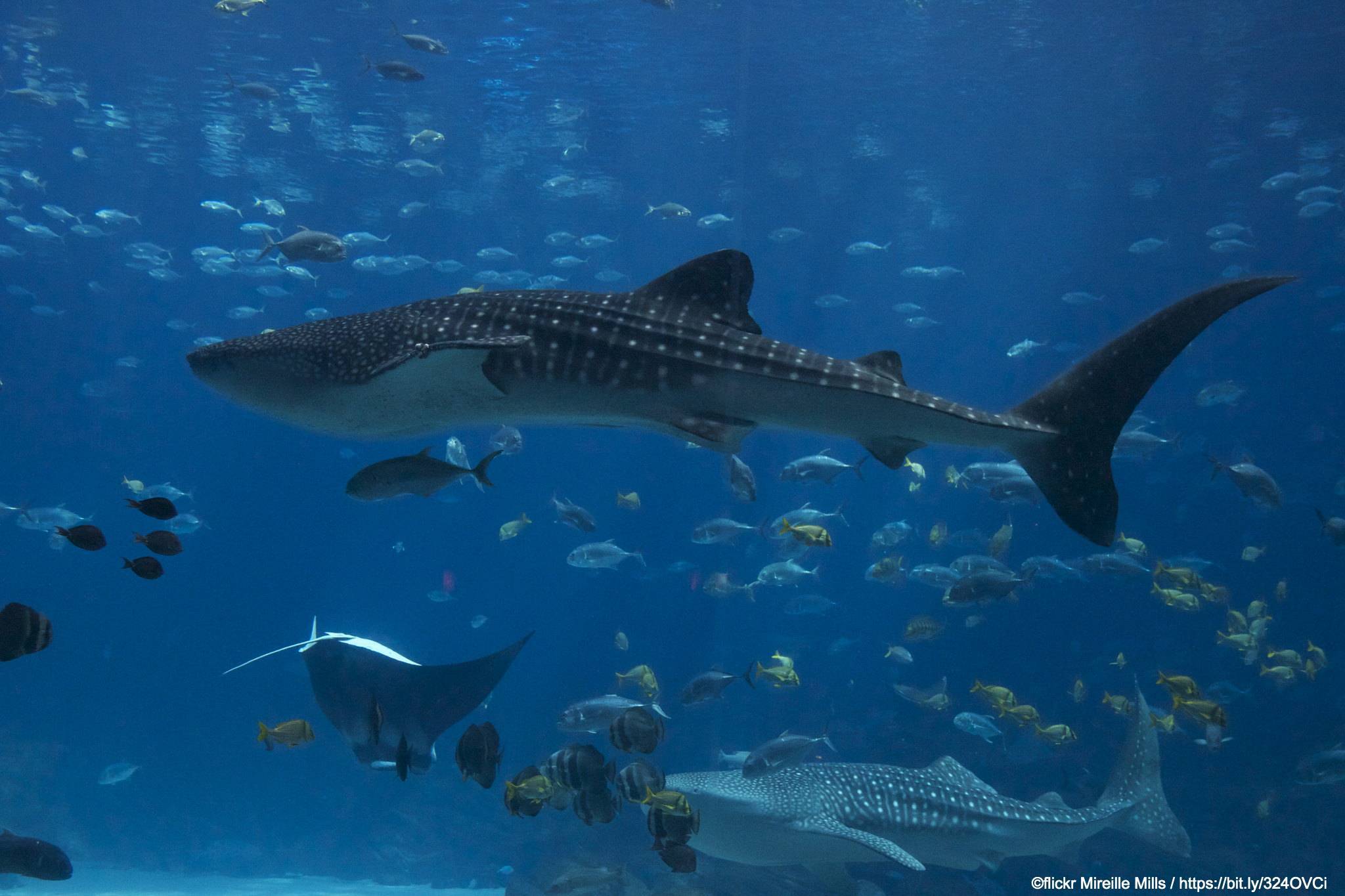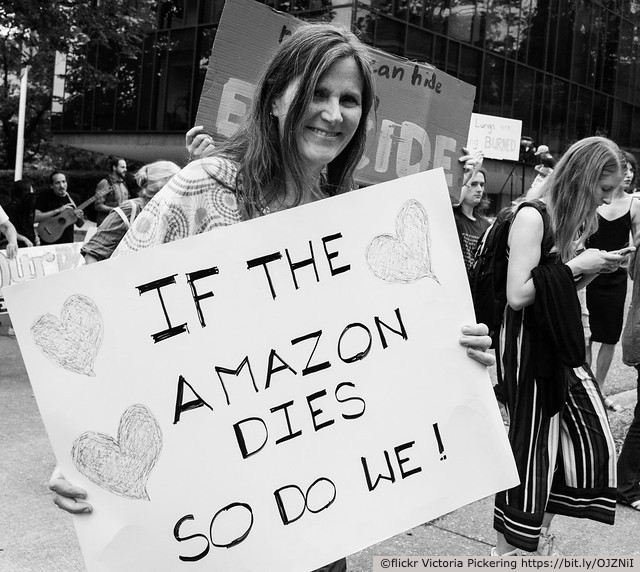
A very lonely species: Guest blog
EJF has been lucky enough to work with some of the world’s best artists, who are depicting the environmental crisis for the tragedy it is and revealing the hope that lies in action. Jethro Buck is one such artist, specialising in traditional Indian techniques, often using hand-ground natural pigments, to explore and celebrate the natural world. We are honoured that he chose to donate the proceeds of limited edition prints of his beautiful work ‘Mammals Past - 20,000 BC’ to EJF.
As well as the painting, which speaks volumes, Jethro told us about his inspiration:
"As an artist I spend a lot of time considering the idea of beauty. It is the goal I aim for. Beauty is a concept that defies any simple definition. What I do know and what we all intuitively know is that beauty is important.
Art or beauty alone does not shelter us, feed us or keep us alive but, without it, life becomes a sad and diminished existence. The same can be said for some of the world’s great wild animals. We don’t need them for our survival. If lions no longer existed, life would carry on for us (indeed it does in areas where they used to live alongside us: Europe, North Africa, the Middle East). If we imagine a world without lions, it would be a greatly diminished world. If we then imagine the extinction of thousands of other wild animals, we become a very lonely species.
The natural world is beautiful and each living creature is a miracle, making up the great tapestry of life. Complex eco-systems take millions of years to come about and it is our duty to look after them. Even though we are part of the web of life and have the unique potential to contemplate and love this very fact, we also have the bizarre capacity to destroy this very same web."

I watched David Attenborough’s recent documentary on climate change and mankind’s current impact on the wild world. I was shocked by the opening statistic: that in today’s world, only 4% of the world’s mammalian biomass is wild. 96% is made up of mankind and our domesticated livestock.
Essentially, Planet Earth has become a big farm for us. The Earth is not made up of humans alone, so I think it is vital we find and maintain space for wildness.
I wanted to put these shocking statistics into a visual form by making several pie chart paintings that show the past abundance of mammals on earth versus today’s depleted state and also two potential future charts: one where, if we proceed on our current trajectory, we arrive at a sad world with almost no wildlife, and another more positive one (which I intend to paint) where we decide to take action to reverse this trend and create a world where wildlife, in all its many forms, can regenerate, thrive and flourish.
SIGN UP FOR OUR EMAILS AND STAY UP TO DATE WITH EJF

